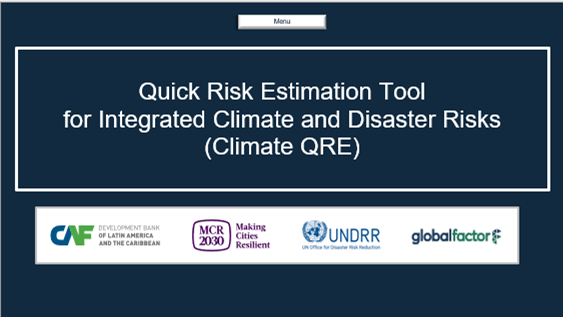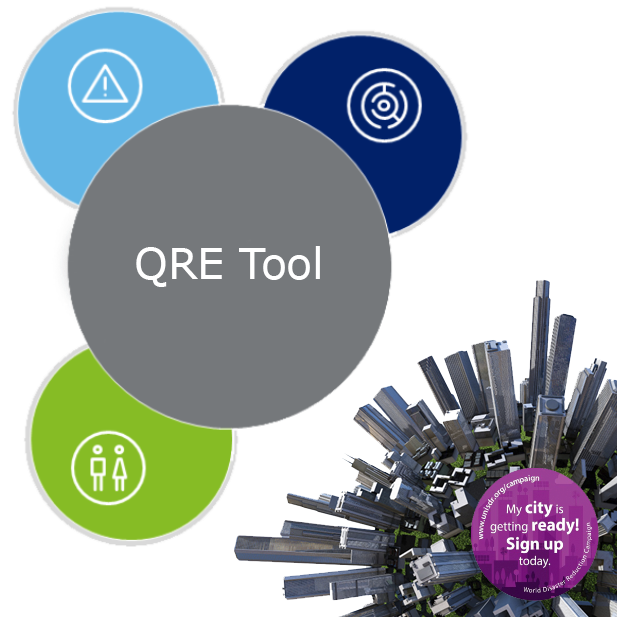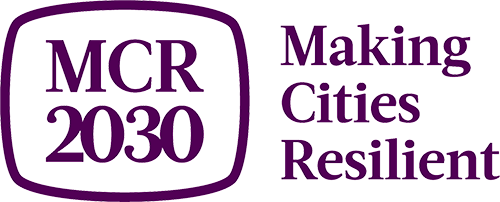Quick Risk Estimation Tool for Integrated Climate and Disaster Risks (Climate QRE)

The Quick Risk Estimation Tool for Integrated Climate and Disaster Risks (Climate QRE) is an instrument to support cities and municipalities in making informed decisions about risk. In this context, the tool is built on processes that involve qualitatively assessing and considering risks, as an integral part of the sustainable and resilient management of these urban environments.
Developed through a partnership between the Latin American Development Bank (CAF) and the United Nations Office for Disaster Risk Reduction (UNDRR) under the umbrella of the Making Cities Resilient 2030 (MCR2030) initiative in 2023, the tool is structured as a 'rapid' climate and disaster risk analysis tool; which implies a simplified process that allows for a quick and efficient assessment of risks associated with climate change and disasters. This methodology is particularly useful in situations where there is limited time or resources available to perform a detailed assessment. Conceptually, it adopts the definition of 'risk analysis' understood as the 'qualitative or quantitative approach to determine the nature and extent of risk by analyzing potential hazards and assessing existing conditions of exposure and vulnerability that together could cause damage to people, property, services, livelihoods and the environment on which they depend.'
Download the Climate QRE
Download the Climate QRE and resources
English
Quick Risk Estimation (QRE) Tool

The Quick Risk Estimation (QRE) tool has been designed for the purposes of identifying and understanding current and future risks / stress / shocks and exposure threats to both human and physical assets. The QRE Tool is not a full scale risk assessment, rather a multi-stakeholder engagement process to establish a common understanding. Taking into account the actions or corrective measures already undertaken, the QRE will produce a dashboard-style risk assessment advising the risks and hazards to human and physical assets, impacts of identified main risks and associated perils on the specified location and/or particular asset.

